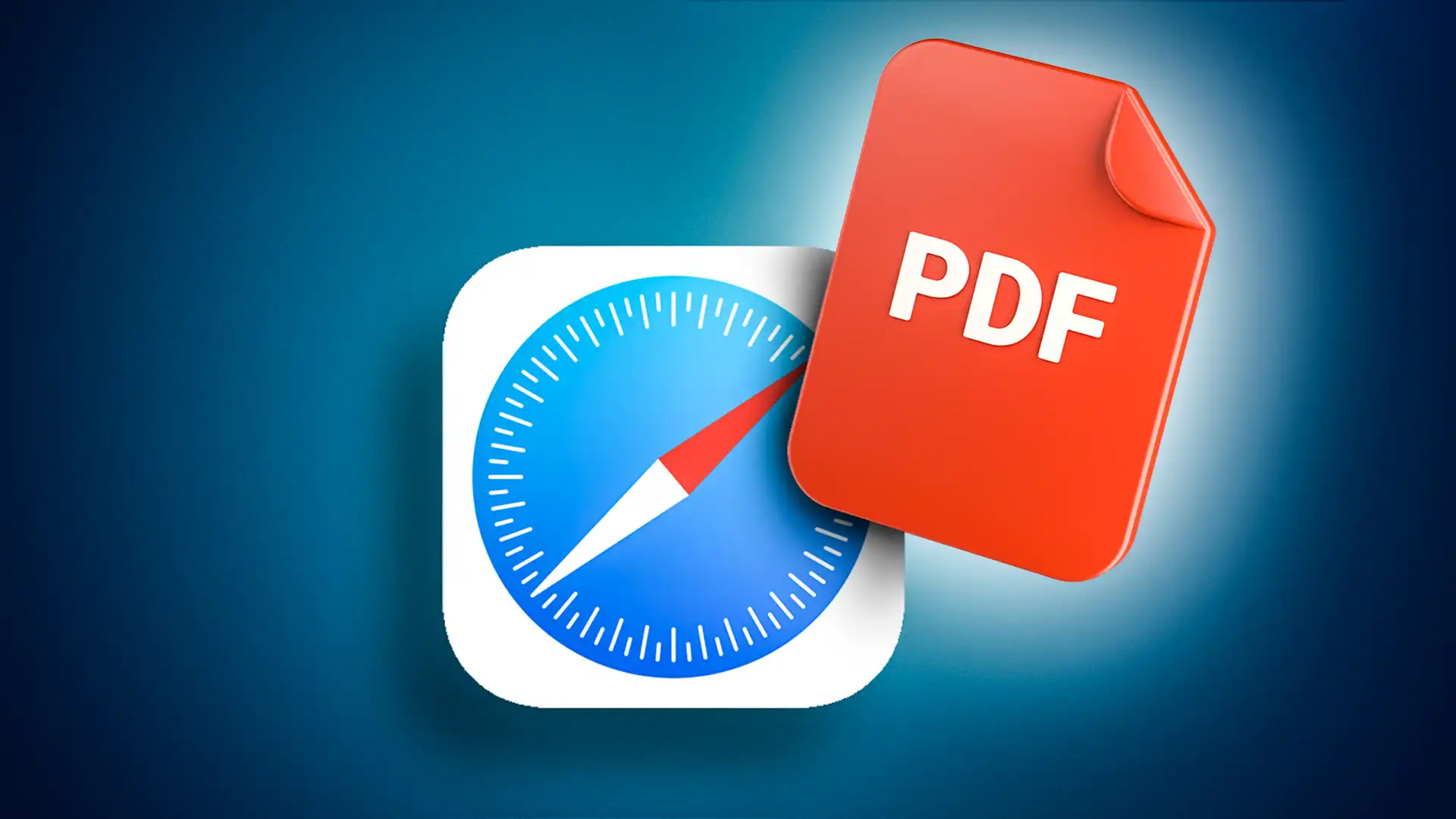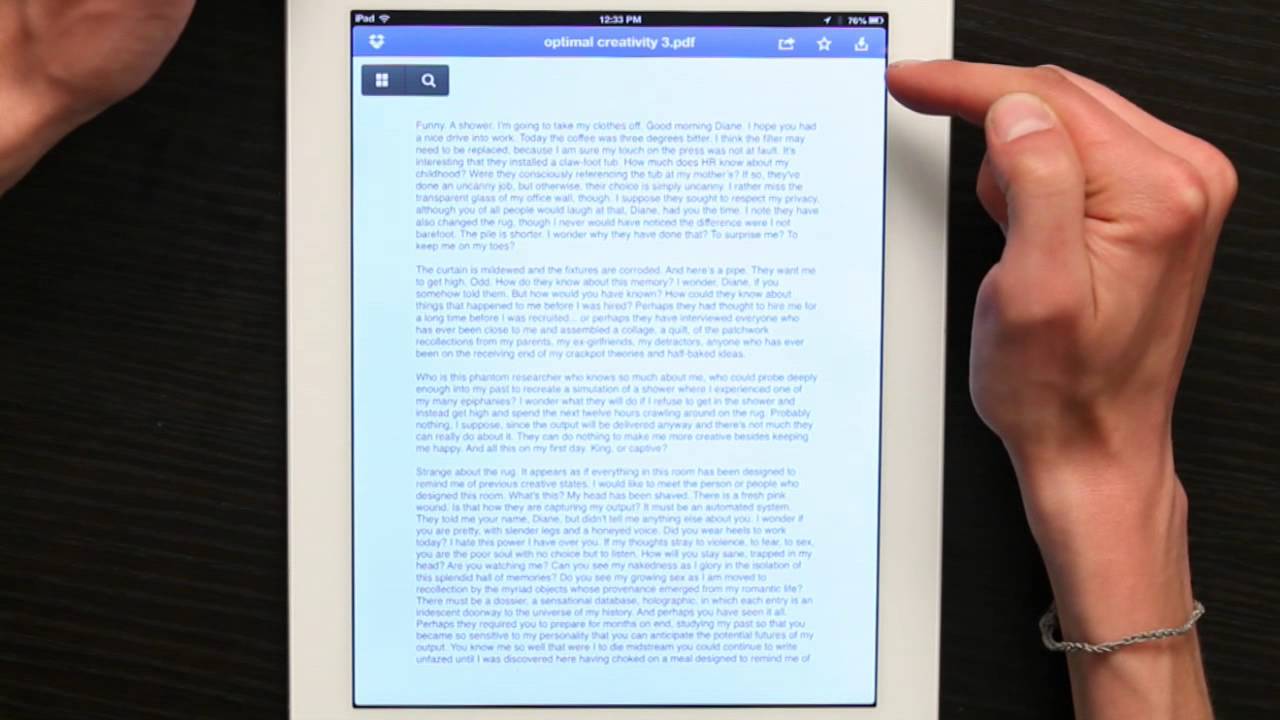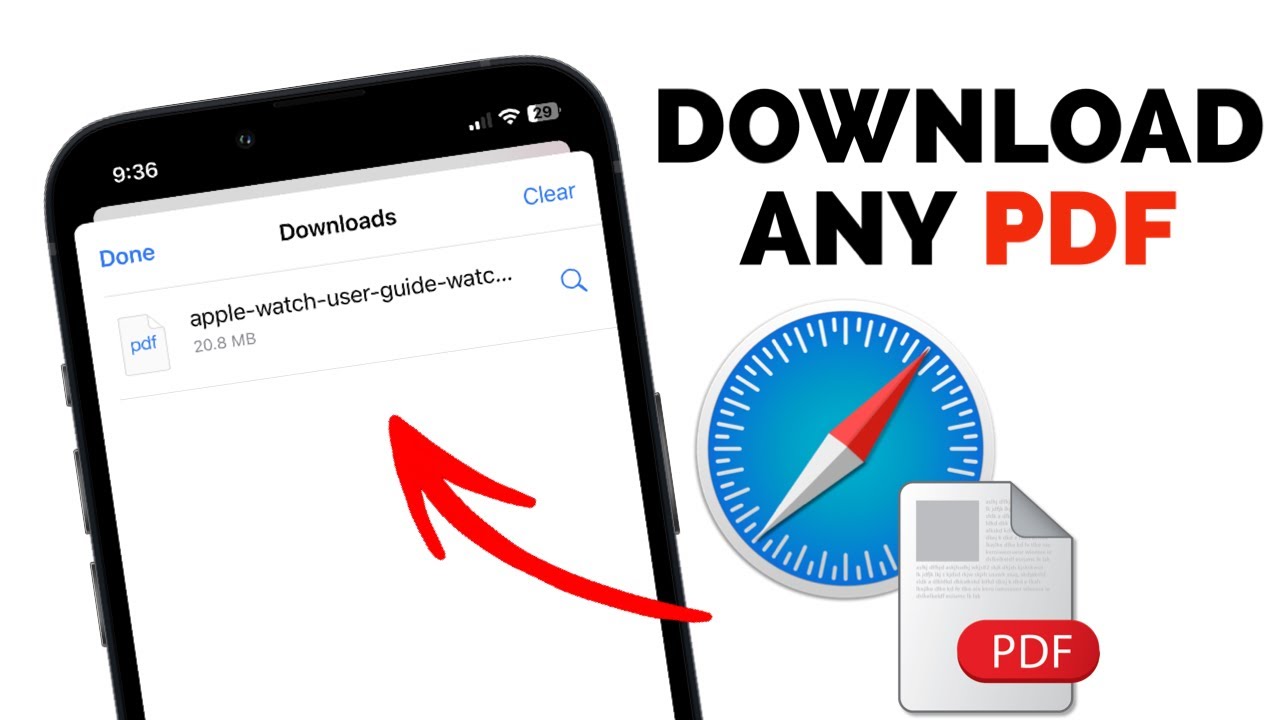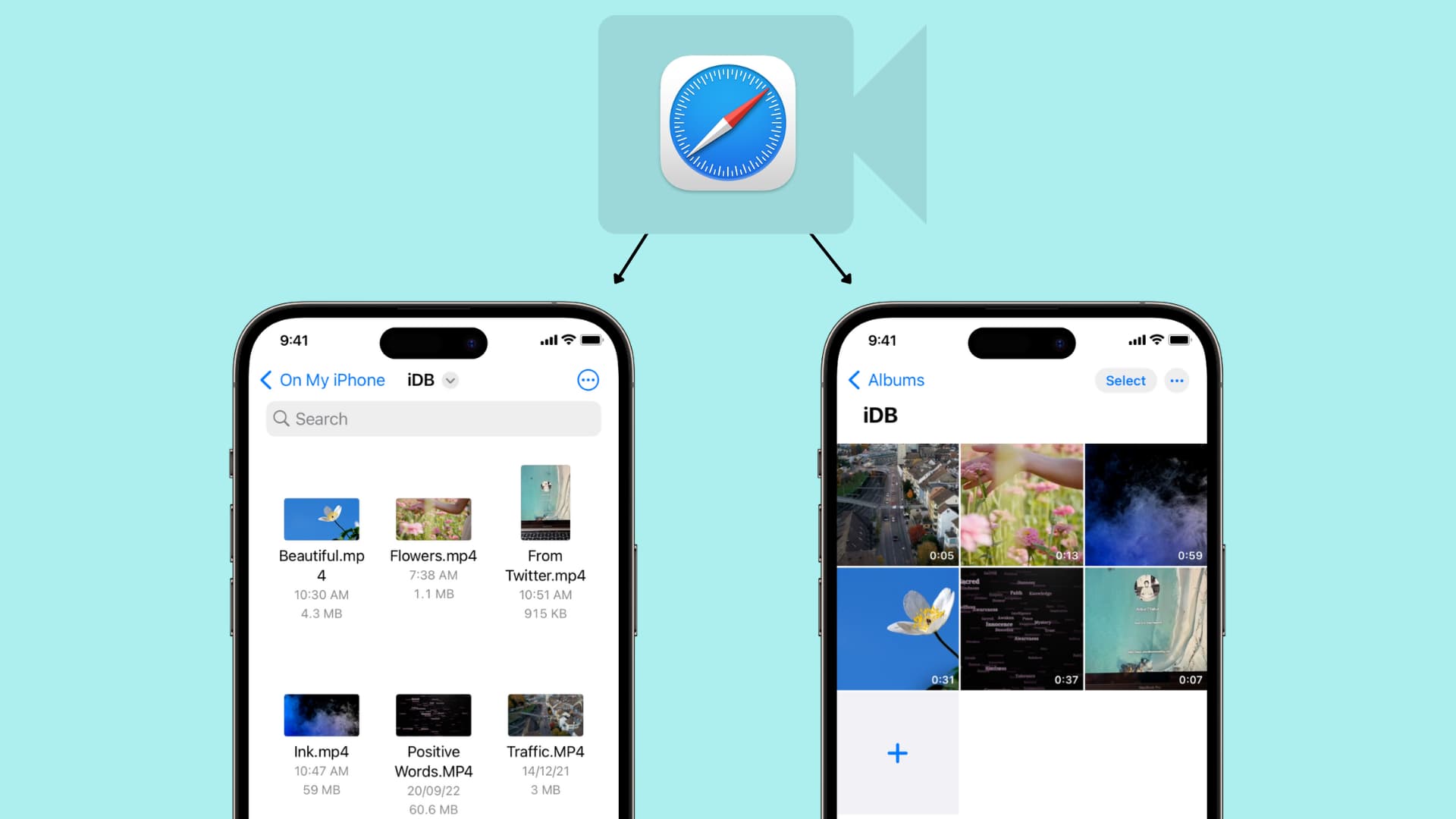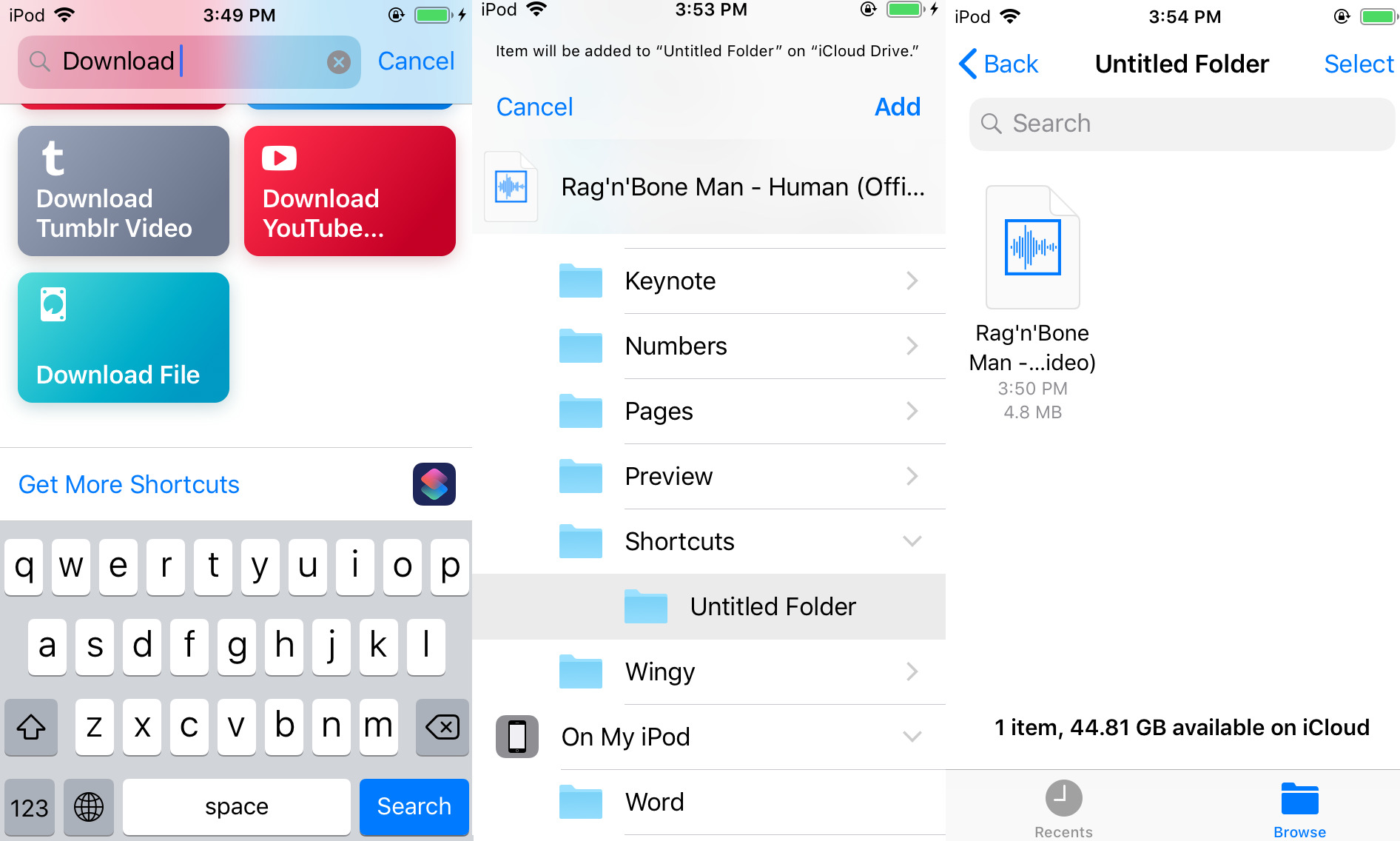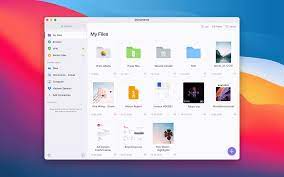Introduction
Saving a PDF in Safari can be a convenient way to store important documents, articles, or forms for future reference. Whether you need to keep a copy of a receipt, a user manual, or a research paper, Safari provides a simple and efficient method for saving PDF files directly to your device. By following a few easy steps, you can ensure that the PDF is readily accessible whenever you need it, even without an internet connection.
In this guide, we will walk through the process of saving a PDF in Safari, using the built-in features of the browser. Whether you're using an iPhone, iPad, or Mac, the steps are straightforward and can be completed in just a few taps or clicks. By the end of this tutorial, you'll be equipped with the knowledge to effortlessly save PDF files from Safari to your preferred location, ensuring that you have quick access to important documents whenever the need arises.
So, let's dive into the simple yet valuable process of saving PDFs in Safari, empowering you to efficiently manage and access your digital documents with ease.
Step 1: Open the PDF in Safari
To begin the process of saving a PDF in Safari, you first need to open the PDF file within the browser. Whether you encounter a PDF link while browsing a website or receive a PDF attachment in an email, Safari provides a seamless way to access and save these files.
If you come across a PDF link while browsing a website, simply tap the link to open the PDF directly within Safari. The browser's built-in PDF viewer will display the content of the file, allowing you to scroll through the pages and interact with its contents.
In the case of receiving a PDF attachment in an email, tapping on the attachment will prompt Safari to open the PDF within the browser window. This streamlined process eliminates the need to download the file to a separate app, providing immediate access to the PDF's content.
Once the PDF is open in Safari, you can take advantage of the browser's intuitive interface to navigate through the document. Whether you need to zoom in to read small text, scroll through multiple pages, or interact with embedded links, Safari's PDF viewer offers a user-friendly experience.
By opening the PDF directly within Safari, you can seamlessly transition to the next step of saving the file without the need to switch between different apps or interfaces. This streamlined approach simplifies the process of managing and accessing PDF files, ensuring that you can efficiently save important documents for future reference.
With the PDF now open in Safari, you're ready to proceed to the next step, where you'll learn how to save the file to a location of your choice, ensuring that it's readily accessible whenever you need it.
Step 2: Tap the Share button
Once you have the PDF open in Safari, the next step is to tap the Share button, which is a pivotal feature that enables you to access a range of options for interacting with the content. The Share button is typically represented by a square icon with an arrow pointing upwards, located at the top or bottom of the browser window, depending on the device and its orientation.
Tapping the Share button triggers a menu of actions that you can perform with the PDF file. This menu is designed to provide convenient access to various functionalities, including sharing the PDF with others, printing it, or saving it to a different location. By tapping the Share button, you initiate a pivotal stage in the process of saving the PDF, as it opens up a plethora of options for managing the file according to your specific needs.
Upon tapping the Share button, you'll be presented with a range of options, which may include sending the PDF via email, messaging apps, or social media platforms. While these sharing options are valuable for distributing the PDF to others, our focus here is on saving the file for your personal use. Therefore, in the subsequent step, you'll be guided on how to select the "Save to Files" option, which allows you to store the PDF in a location of your choice for easy access.
The Share button serves as a gateway to a multitude of actions, empowering you to seamlessly interact with the PDF and tailor its management according to your preferences. By tapping this button within Safari, you unlock a world of possibilities for handling the PDF file, ensuring that you can effortlessly save it to a designated location for future reference.
With the Share button serving as the bridge to a myriad of functionalities, you're now poised to proceed to the next step, where you'll learn how to select the "Save to Files" option and securely store the PDF in a location of your choosing.
Step 3: Select "Save to Files"
After tapping the Share button in Safari, you will be presented with a menu of options to interact with the PDF file. Among these options, you will find the valuable "Save to Files" feature, which enables you to securely store the PDF in a location of your choice for convenient access.
When you select the "Save to Files" option, Safari seamlessly integrates with the Files app on your device, providing a streamlined method for organizing and managing digital documents. Upon choosing this option, you will be prompted to specify the location within the Files app where you want to save the PDF. This could be a specific folder, such as "Documents" or "Downloads," or any custom directory you have created to categorize your files.
The ability to select the storage location offers flexibility, allowing you to maintain a well-organized digital filing system. Whether you prefer to keep all your PDFs in a dedicated folder or categorize them based on their content or source, the "Save to Files" feature empowers you to tailor the storage location according to your personal preferences.
Furthermore, the integration with the Files app ensures that the saved PDF is easily accessible across various apps and services on your device. This seamless accessibility means that you can retrieve the PDF from the Files app to share it via email, upload it to cloud storage services, or even open it in other compatible apps for further interaction or annotation.
By selecting "Save to Files," you are not only preserving the PDF for future reference but also ensuring that it becomes an integral part of your digital workflow. The ability to designate a specific location within the Files app and seamlessly access the saved PDF across different contexts enhances your efficiency in managing and utilizing digital documents.
With the "Save to Files" feature, Safari empowers you to take full control of your digital documents, offering a simple yet powerful method for securely storing PDFs and seamlessly integrating them into your digital ecosystem. This capability ensures that you can effortlessly manage and access your PDF files, transforming the way you interact with digital documents on your device.
As you proceed to select the storage location and save the PDF using the "Save to Files" feature, you are one step closer to ensuring that the document is readily available whenever you need it, enhancing your ability to efficiently manage and access important digital content.
Step 4: Choose the location and save the PDF
After selecting the "Save to Files" option in Safari, you will be prompted to choose the location where you want to save the PDF. This critical step allows you to define the specific folder or directory within the Files app where the PDF will be stored, ensuring that it is easily accessible and well-organized within your digital filing system.
When choosing the location for saving the PDF, consider your organizational preferences and the intended use of the document. If the PDF pertains to a specific project, topic, or category, you may opt to save it in a corresponding folder within the Files app. This approach streamlines your ability to locate and retrieve the PDF when needed, aligning with efficient document management practices.
Furthermore, the option to save the PDF in a designated location empowers you to maintain a structured digital environment, where important documents are systematically arranged for quick and intuitive access. Whether you prefer to create separate folders for different types of PDFs, such as "Invoices," "Reports," or "Reference Materials," or simply categorize them based on their source or relevance, the choice of location ensures that the PDF seamlessly integrates into your existing organizational framework.
By carefully selecting the storage location, you establish a systematic approach to managing digital documents, enhancing your ability to retrieve and utilize the PDF as part of your daily workflow. This deliberate organization not only facilitates efficient access to the saved PDF but also contributes to a streamlined digital experience, where important documents are readily available and well-structured within the Files app.
Once you have chosen the location for saving the PDF, Safari seamlessly completes the process, ensuring that the document is securely stored in the specified location within the Files app. This final step solidifies the integration of the PDF into your digital ecosystem, making it easily accessible for future reference, sharing, or further interaction.
By completing the process of choosing the location and saving the PDF, you have effectively secured the document within your digital environment, ensuring that it is readily available whenever you need it. This systematic approach to saving PDFs in Safari empowers you to efficiently manage and access important digital content, enhancing your overall productivity and digital document workflow.







